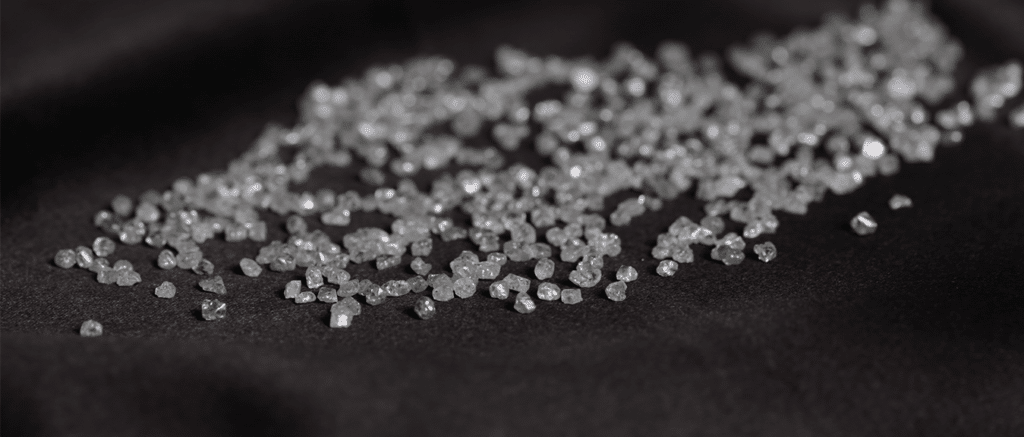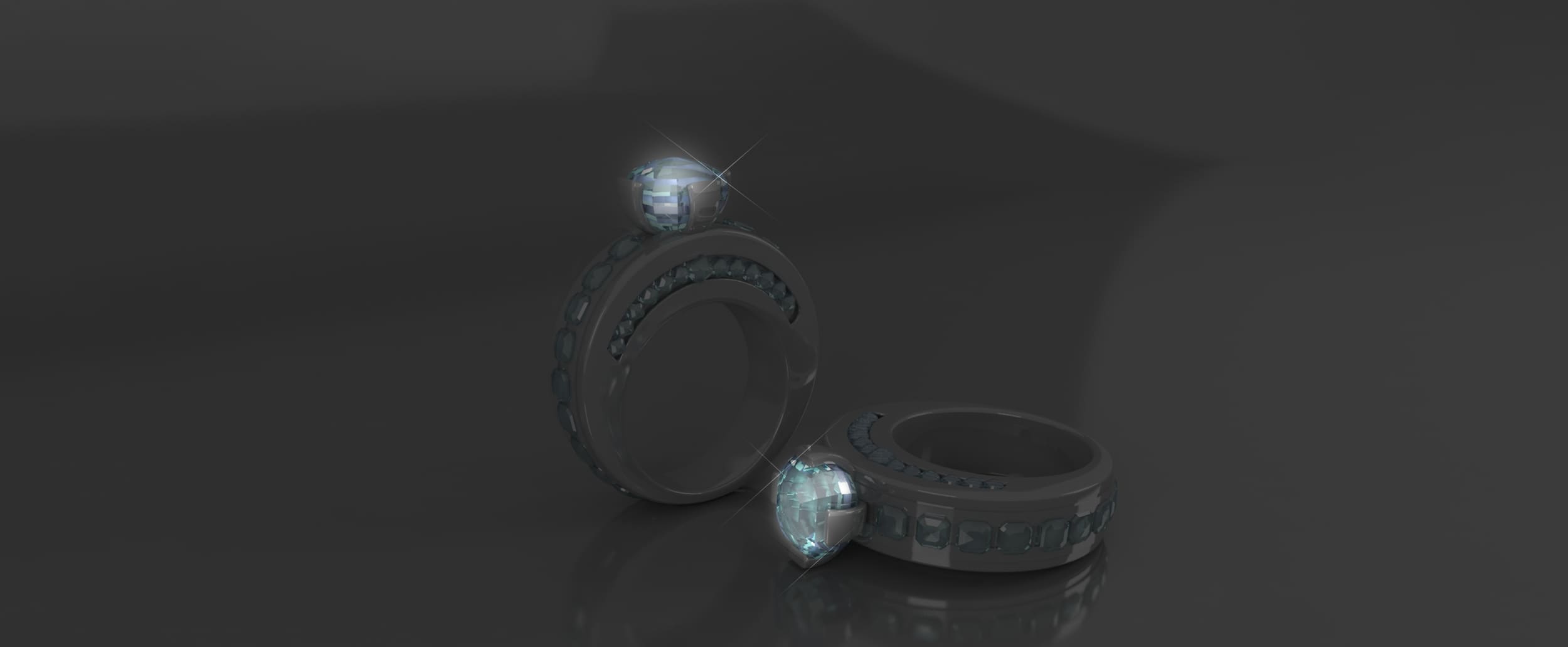
3 smart ways to sell vintage diamonds for cash
December 21, 2023
How to determine the resale value of diamond Pieces?
February 4, 2024Loose diamonds refer to diamonds that haven’t been set into any jewelry. They can be purchased and sold as individual stones or used to create custom jewelry designs. However, determining the value of a loose diamond can be quite challenging. Numerous factors affect its price and quality. Here are the questions and tips on finding the best deals on loose diamonds.
The 4 Cs of Diamond Quality
The most important thing to know about loose diamonds is the 4 Cs: cut, color, clarity, and carat. These are the 4 main characteristics that determine the quality and value of a diamond.

• Cut: The term “cut” refers to the shape and proportions of a diamond and how well it can reflect and refract light. A well-cut diamond will have more brilliance, fire, and sparkle than a poorly cut one. Additionally, cut is a personal preference as some individuals may prefer round, princess, cushion, or other diamond shapes.
• Color: The term ‘color’ in diamonds refers to its existence or lack of yellow or brown hues. The more colorless a diamond, the more precious and uncommon it is. The color of a diamond is measured on a scale ranging from D (colorless) to Z (light yellow or brown). However, some diamonds have unique colors, such as pink, blue, or green, caused by natural or artificial treatments. These diamonds are uncommon and valuable but are graded differently from colorless diamonds.
• Clarity: “Clarity” in diamonds refers to the presence and size of internal and external imperfections or inclusions. A diamond with fewer and smaller inclusions is considered more precise and flawless. Clarity is measured on a scale ranging from FL (flawless) to I3 (included). However, some inclusions may not be visible to the naked eye and may not impact the diamond’s beauty or durability.
• Carat: The term “carat” refers to the weight and size of a diamond. One carat is equivalent to 0.2 grams or 200 milligrams. Generally, the larger and heavier a diamond is, the more rare and valuable it becomes. Nevertheless, the value of a diamond is not solely determined by its carat weight. Two diamonds of the same carat weight may have different cut, color, and clarity qualities, which can impact their price and value.
The Market Price of Loose Diamonds

The price of loose diamonds sold in the market is determined by the global diamond industry’s supply and demand, along with consumers’ trends and preferences. The cost varies depending on various factors, such as the availability of certain types and qualities of diamonds, the economic and political conditions of diamond-producing countries, and the marketing and branding strategies of diamond sellers.
The price of loose diamonds is usually expressed in price per carat, which is calculated by dividing the total price of a diamond by its carat weight. For instance, if a 1-carat diamond costs $5,000, its price per carat is $5,000. However, the price per carat is not linear, meaning it does not increase or decrease proportionally with the carat weight. For example, a 2-carat diamond may not cost $10,000, but more or less, depending on its quality and rarity.
The price of loose diamonds can also vary depending on the seller’s source and location. Buying loose diamonds from online retailers can be more affordable than buying from physical stores because online retailers have lower overhead costs and can offer more competitive prices. However, purchasing from online retailers has risks, such as the lack of physical inspection and verification of the diamonds, the possibility of fraud or scams, and shipping and insurance costs.
How to Find the Best Deals on Loose Diamonds
If you are searching for the best deals on loose diamonds, here are some tips to assist you:
1. Conduct research: Before purchasing any loose diamonds, you should research the 4 Cs of diamond quality, the market price of loose diamonds, and the reputation and credibility of the seller. You should also compare the prices and quality of different sellers and sources and look for reviews and feedback from previous customers.
2. Set a budget: Set a sensible and realistic budget for your loose diamond purchase and stick to it. You should also prioritize the quality factors that are most important to you and compromise on the less important ones. For example, if you want a large and impressive diamond, you may have to sacrifice some color or clarity. Or, if you want a flawless and colorless diamond, you may have to settle for a smaller size.
3. Get a certificate: You should always request a certificate or a grading report from a reputable and independent gemological laboratory, such as the GIA, IGI, or HRD, when you buy a loose diamond. A certificate or grading report will provide you with exact and objective information about your diamond’s 4 Cs and other characteristics. It will also serve as proof of authenticity and value.
4. Negotiate: It is recommended that you always try to negotiate the price of your loose diamond, as most sellers are willing to offer discounts or incentives to close a deal. You should also look for special offers, promotions, or coupons that may lower the price of your diamond. However, you should also be cautious of deals that seem too good to be true, as they may indicate low-quality or fraudulent diamonds.
Conclusion
Loose diamonds are a great way to buy and sell loose diamonds, as they offer more flexibility, variety, and customization options than pre-set jewelry. However, buying loose diamonds also requires more knowledge, research, and caution, as many factors affect their quality and value.
We offer FREE Antique Evaluations & Antique Appraisals.
Please send us an email at info@antiquediamondbuyers.org.In your e-mail, please include as much of the following as possible.
- A High-Quality photo of your item (taken under natural light is best.)
- A Description of the item/items. Include a physical description, and any historical knowledge you may have of it along with any information you can share about the item that will help us provide you an accurate evaluation/price of the item.
- Please include your Phone number, City where the items are located, Your Zip Code.


